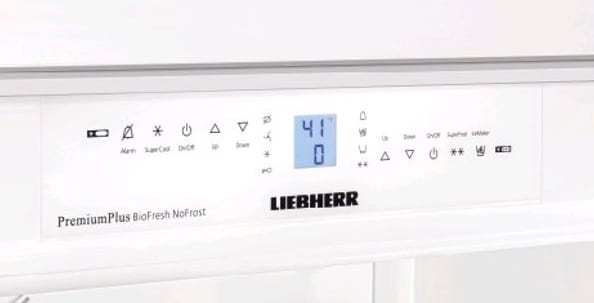

Follow the cooking instructions on the package to assure safety of commercially frozen foods.

Cook frozen foods safely. Raw or cooked meat, poultry or casseroles can be cooked or reheated from the frozen state, but it will take about one and a half times as long to cook.It is not recommended to thaw food on the kitchen counter. When using the microwave, plan to cook it immediately after thawing. Change the water every 30 minutes and cook immediately after thawing. Once food is thawed in the refrigerator, it is safe to refreeze it without cooking, although there may be a loss of quality due to the moisture lost through thawing. For faster thawing, place food in a leak proof plastic bag and immerse it in cold water. Most foods require a day or two to thaw in the refrigerator except small items may defrost overnight. Plan ahead and thaw foods in the refrigerator. There are three ways to thaw food safely: in the refrigerator, in cold water, or in the microwave. If freezing meat and poultry in its original package longer than 2 months, cover these packages with heavy-duty foil, plastic wrap, or freezer paper or place the package inside a freezer bag. Use proper packaging. To help maintain quality and prevent freezer burn, use plastic freezer bags, freezer paper, freezer Aluminum foil, or plastic containers with the snowflake symbol. Containers not suitable for long-term freezer storage (unless they are lined with freezer bag or wrap) include plastic food storage bags, milk cartons, cottage cheese cartons, whipped cream containers, butter or margarine containers, and plastic bread or other product bags.Because freezing keeps food safe indefinitely, freezer storage times are recommended for quality (flavor, color, texture, etc.) only.

Use an appliance thermometer to monitor the temperature. Home freezers should be kept at 0☏ (-18☌) or lower. Reach out to the manufacturer if you have questions or concerns about the quality and safety of the packaged foods.

A product should be safe if the date-labeling phrase (e.g., best if used by/before, sell-by, use-by, or freeze-by) passes during home storage until spoilage occurs except for infant formula. Throw out perishable foods that should no longer be eaten due to spoilage (e.g., develop an off odor, flavor, or texture). Review what you have and what needs to be used. Clean the surface using hot, soapy water and then rinse. Clean the fridge frequently. Wipe spills immediately.It is not recommended to store perishable foods in the door since those temperatures vary more than the main compartment. Do not stack foods tightly or cover refrigerator shelves with foil or any material that prevents air circulation from quickly and evenly cooling the food. Chill groceries and leftovers within 2 hours or 1 hour if exposed to temperatures above 90☏ (32☌). While grocery shopping, pick up perishable foods last and then take them straight home and put them in the refrigerator. Store raw meat, poultry, and seafood in a sealed container or wrapped securely on a plate pan to prevent raw juices from contaminating other foods. Open dishes may result in refrigerator odors, dried-out foods, loss of nutrients and mold growth. Foil, plastic wrap, storage bags, and/or airtight containers are the best choices for storing most foods in the refrigerator. Do not expect foods to remain high-quality for the maximum length of time. Use food quickly. Opened and partially used items usually deteriorate more quickly than unopened packages.To prevent unwanted freezing of foods, adjust refrigerator temperature between 34 ☏ and 40 ☏ (1☌ and 4☌). Use a refrigerator thermometer to monitor the temperature. Home refrigerators should be kept at or below 40☏ (4☌). Properly storing food at home helps maintain safety as well as food quality by keeping flavor, color, texture, and nutrients in food according to the Food and Drug Administration (FDA). Check out the Home Food Storage Chart for recommended storage times for food in the refrigerator, freezer, and/or pantry. It is important to keep cold food safe in the refrigerator and freezer at home by storing it properly and using an appliance thermometer (i.e., refrigerator/freezer thermometers).


 0 kommentar(er)
0 kommentar(er)
